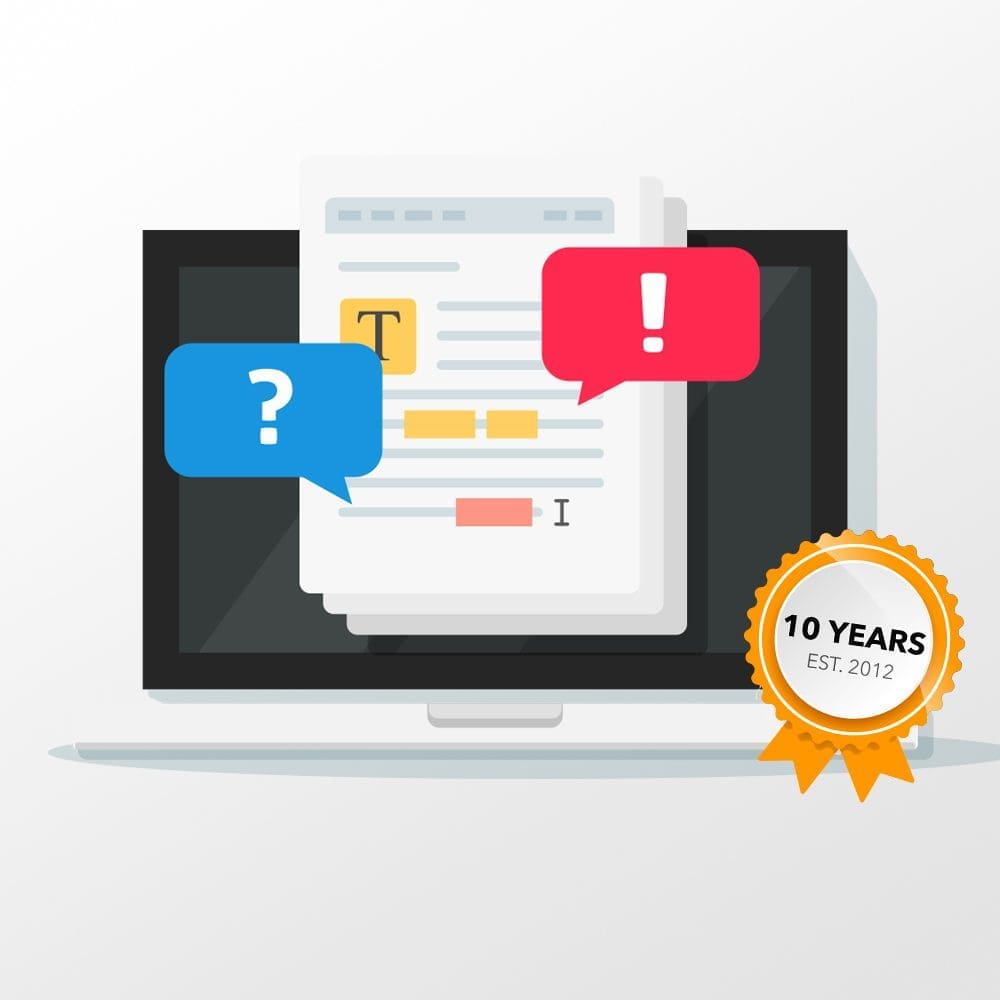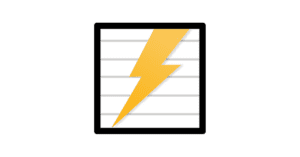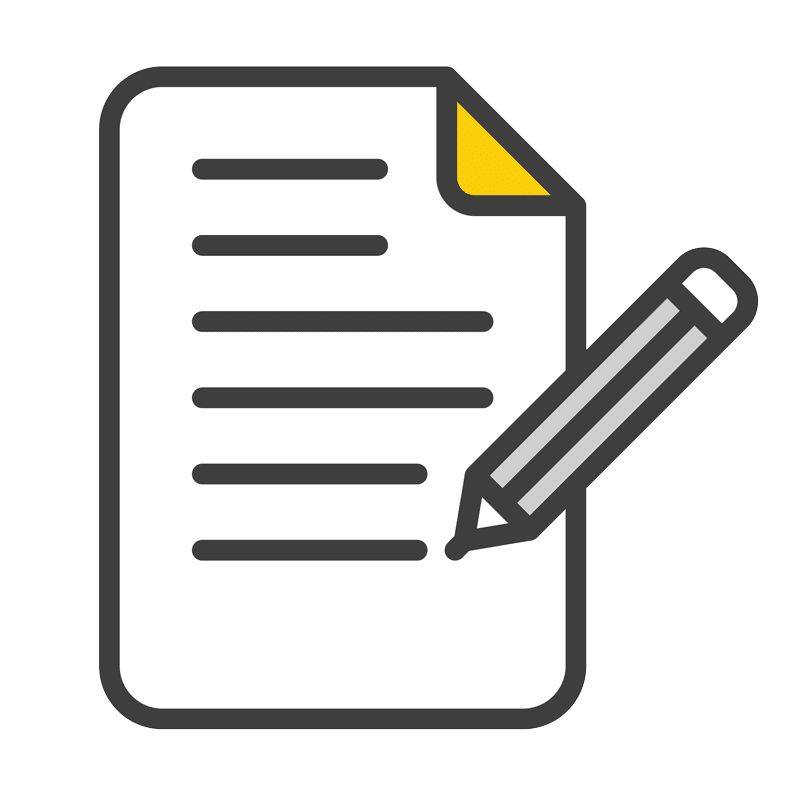Crafting a Winning Grant Proposal
Creating a winning grant proposal is crucial for securing funding and driving innovative projects. Whether you’re a non-profit organization, a research institute, or a startup, your ability to convey your needs, goals, and plans persuasively can make or break your chances of success. In this article, we’ll explore the key elements of crafting a compelling grant proposal by looking at successful examples from leading businesses and organizations.
UNDERSTANDING THE FUNDER’S PERSPECTIVE
Imagine you’re applying for a grant with a tech giant like Google or an education-focused organization like the Bill and Melinda Gates Foundation. Your proposal must align with the funder’s mission and values. Research their past funding preferences, review guidelines meticulously, and tailor your application to show alignment with their objectives. This sets the foundation for your proposal.
CLEARLY DEFINED OBJECTIVES
Start by articulating clear objectives. Businesses like General Electric have successfully secured funding by using SMART (Specific, Measurable, Achievable, Relevant, Time-bound) goals. For instance, instead of saying, “We want to improve education,” specify, “We aim to increase student literacy rates by 20% in under-resourced communities within two years.”
COMPELLING NEEDS ASSESSMENT
Explain why your project is necessary. For instance, companies such as Tesla have secured funding for sustainable energy projects by presenting data on the urgent need for renewable energy sources. Use credible data, case studies, and testimonials to paint a vivid picture of the current situation and the difference your project will make.
DETAILED PROJECT PLAN
Be meticulous in illustrating how you will execute the project. Break it down into phases, timelines, and expected outputs. Mahindra & Mahindra, the Indian multinational, often stands out by detailing each step in their grant proposals, offering a clear roadmap and instilling confidence in funders.
STRONG TEAM AND RESOURCES
Highlight the expertise of your team and the resources available. IBM often wins grants by showcasing their dedicated teams and cutting-edge technology. Include concise bios, past achievements, and any partnerships that add credibility to your project’s implementation.
TRANSPARENT BUDGET
A detailed budget shows you have a thoughtful approach to finances. Cisco, for example, presents comprehensive budgets that outline how every dollar will be spent, bringing transparency and earning funders’ trust. Ensure that your budget reflects realistic costs and provides clear justifications for each expense.
MEASURABLE IMPACT
Conclude with an emphasis on the long-term impact. Highlight how your project aligns with the funder’s mission and the measurable outcomes it will deliver. For instance, a proposal that details the potential societal benefits, like Accenture’s work on digital inclusion projects, often resonates well with evaluators.
PROOFREADING AND EDITING
Finally, ensure your proposal is error-free and professionally polished. Typos or unclear sections can undermine your credibility. Consider enlisting the expertise of a professional editing service like PaperBlazer, which can provide meticulous proofreading and editing services.
In summary, a winning grant proposal needs to be well-researched, focused, and compelling. By following these guidelines and learning from successful examples, your proposal will stand out to potential funders.
Hashtags: #GrantProposal #NonProfit #WritingTips #BusinessGrowth #ResearchFunding #ProposalWriting #PaperBlazerEditing






